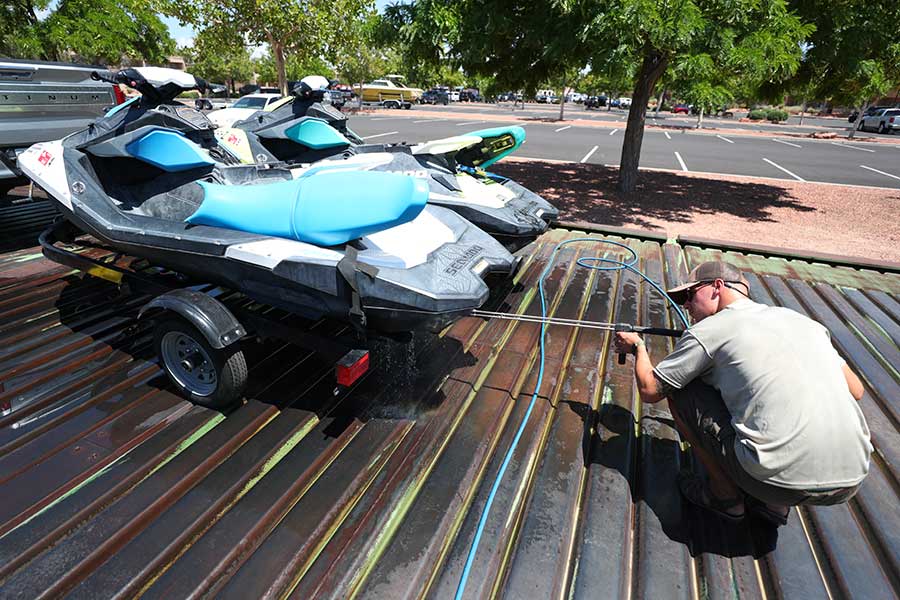WILDLIFE
The Division of Wildlife Resources rock water levels in Utah lakes by adding millions of fish
Dec 14, 2022, 7:00 AM

A person fly-fishing is pictured. (Photo credit: Morgan Jacobsen/Utah Division of Wildlife Resources.)
(Photo credit: Morgan Jacobsen/Utah Division of Wildlife Resources.)
SALT LAKE CITY — Did you know the restocking of native and angler fish in Utah’s various bodies of water across the state first started in 1871?
Historically, fish were transported from other states by train and were stocked into lakes along the rail route. In 1897 Utah opened its first hatcheries and started raising trout locally.
Since then, there has been a keen effort to maintain fish numbers, particularly throughout the drought. According to the Division of Wildlife Resources, the drought has caused numbers to decline in recent years.
This year DWR has restocked around 8.2 million fish into 711 local waterbodies around the state, adding up to approximately 1.4 million pounds of fish.
According to the department’s Cold Water Sport Fish Coordinator Randy Oplinger, this gets done on an annual basis to enhance the angling experience and boost native fish populations across the state.
“We made a conscious decision to increase the size of walleye [breed of fish],” he said. “What those bigger walleyes do is survive a lot better.”
The number of fish restocked in 2022 compared to last year has decreased.
Oplinger explained that several factors contribute to fluctuations in population, but the drought has been an overwhelming cause.
“Drought brings warmer water, which can be tough for fish,” he explained to KSL News Radio. “Warmer water means less oxygen, and having less oxygen also has an impact on fish [populations].”
According to a statement from the DWR “proactive fish stocking changes” are being made relating to the drought. These changes include being conscious of timing when certain fish species are being stocked to help minimize impacts of warmer waters.
Currently, 13 hatcheries exist across Utah and contribute approximately 80% to restocking the state’s bodies of water.












